Loan Programs Assist Start-up Business
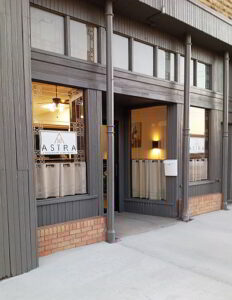
Astra Healthcare & Wellness, LLC, located at 116 E. Main Street, Beloit, Kansas, recently opened. (Courtesy Photo)
Starting a new medical clinic in rural Kansas was a project that owner Alan Curtis had thought about for some time. That dream became a reality with the opening of Astra Healthcare & Wellness, LLC located in downtown Beloit, Kansas, in January.
The clinic offers a comprehensive range of primary care services to patients including routine wellness exams, urgent care, and assisted medical weight loss. It also provides specialized services in aesthetic procedures including botulinum toxin injections, facials, and medical skin peels. A medical grade skincare line is also available.
Alan Curtis is an Advanced Practice Registered Nurse (APRN). He most recently worked as a Surgical Nurse Practitioner at Mitchell County Hospital. Prior to becoming licensed as an APRN, Curtis worked for more than 15 years as an ICU nurse in larger cities including Lincoln, Nebraska; Las Vegas, Nevada; Cincinnati, Ohio; and Denver, Colorado. Raised on a farm near Smith Center, Kansas, a desire to return to his rural roots are what led him to move to Beloit in 2019.
This start-up business project was made possible through assistance from the NCK Business Down Payment Assistance Loan Program, Mitchell County E-Community Loan Program, bank financing, and investment by the owner. As a result of the project, two full-time positions were created including the owner and another full-time licensed medical professional.
Learn more about the NCRPC Business Finance program.
This article appeared in the Quarter 1 2023 NCRPC Newsletter.

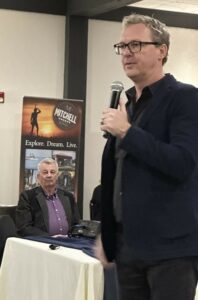
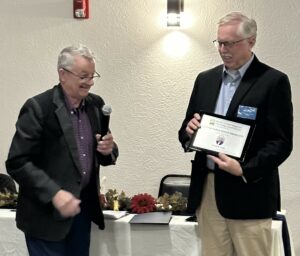
 Employers may be eligible for reimbursement to help cover job training costs of candidates meeting certain criteria.
Employers may be eligible for reimbursement to help cover job training costs of candidates meeting certain criteria. “Lifesaving.” That was the single word a weatherization client recently used to describe the help received through the Weatherization Assistance Program. The NCRPC administers the program for 41 Kansas counties.
“Lifesaving.” That was the single word a weatherization client recently used to describe the help received through the Weatherization Assistance Program. The NCRPC administers the program for 41 Kansas counties. High school seniors in North Central Kansas are invited to compete for a chance to win $1,000 by submitting an essay or short video in the 2022-2023 Rural Voices Youth Contest. Entries should be reflective of this year’s contest theme, which is “Rural Kansas…Working Together.”
High school seniors in North Central Kansas are invited to compete for a chance to win $1,000 by submitting an essay or short video in the 2022-2023 Rural Voices Youth Contest. Entries should be reflective of this year’s contest theme, which is “Rural Kansas…Working Together.”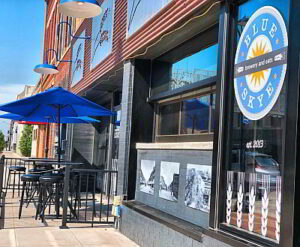

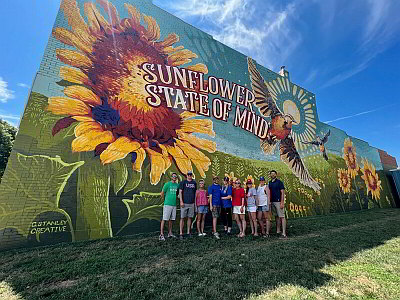
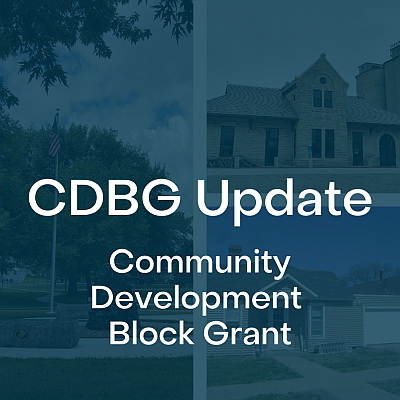 Details for FY 2023 projects were recently released at the Application Workshop. Unless otherwise stated below, application deadlines have been moved from their traditional fall dates to February 1, 2023.
Details for FY 2023 projects were recently released at the Application Workshop. Unless otherwise stated below, application deadlines have been moved from their traditional fall dates to February 1, 2023. The pilot project known as the North Central Kansas Regional Relocation Program seeks to make home ownership more affordable for those relocating to the region by reducing the barriers of down payments and closing costs. It offers a combination of a 0% down payment assistance loan of $10,000 and closing cost grant of $2,500 when purchasing a home of $50,000 or greater. Eligible home purchase types include existing homes, existing homes with planned/financed upgrades totaling $50,000 or greater, manufactured homes including lot and infrastructure, or new construction. Funds are limited and available on a first come, first served basis. The program officially launched August 15, 2022.
The pilot project known as the North Central Kansas Regional Relocation Program seeks to make home ownership more affordable for those relocating to the region by reducing the barriers of down payments and closing costs. It offers a combination of a 0% down payment assistance loan of $10,000 and closing cost grant of $2,500 when purchasing a home of $50,000 or greater. Eligible home purchase types include existing homes, existing homes with planned/financed upgrades totaling $50,000 or greater, manufactured homes including lot and infrastructure, or new construction. Funds are limited and available on a first come, first served basis. The program officially launched August 15, 2022. The 2022 event marks the 50th anniversary of the North Central Regional Planning Commission. The banquet is also hosted on behalf of NCRPC affiliate,
The 2022 event marks the 50th anniversary of the North Central Regional Planning Commission. The banquet is also hosted on behalf of NCRPC affiliate, 